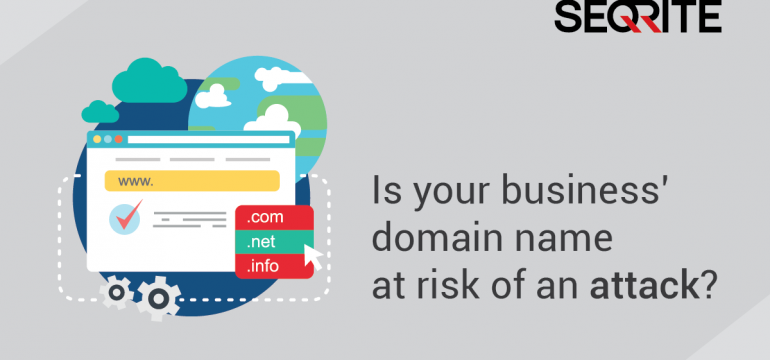A domain name is a business’s primary identity on the internet —current and potential customers identify a business through its domain name. Social media has provided a new channel to connect with customers but a domain name remains an essential component of any successful business.
That’s why enterprise security teams must give due importance domain security as well. Domain hijacking is more common than anticipated – many online websites have had the misfortune to find their domains hijacked. The resultant consequences can be dire and extremely harmful. Brand identity and trust are notoriously difficult to earn and can be irrevocably lost through domain hijacking.
There are some key steps businesses can take to protect their domain names against cyberattacks. The following is by no means a comprehensive list but outlines some of the most important affirmative measures that should be in the domain security checklist of every enterprise security team.
Choose a secure, well-reputed domain registrar
There are thousands of domain registrar services out there. It may be tempting to choose the cheapest option for a basic service like registering your domain name —but that shortcut is inadvisable.
Choose a domain registrar after carefully assessing all the security offerings. It is recommended to go for well-established brands that can be trusted. Carefully vet the kind of security controls they are offering and only then, make your choice.
Set up Multi-Factor Authentication Controls
It’s important to deploy a secure layer of multi-factor authentication controls for your domain credentials. Enterprises should specifically opt for registrars which offer multi-factor authentication controls. Do not underestimate this measure – even if a rogue actor gains access to the domain credentials, multi-factor authentication can prevent them from taking over the enterprise domain.
Enable Domain Locks
Most domain registrars offer an additional security enhancement to their clients, enabling them to ‘lock’ their domains. This essentially allows the enterprise to lock its domain name and prevent the unauthorized transfer to third parties. The domain names can be changed only if the proper security protocols between the client and the registrar are adhered to. This security measure helps businesses to prevent social engineering, domain hijacking and nameserver attacks.
Follow cyber hygiene
The common rules of basic cyber hygiene apply even for protecting domain name attacks. They include but are not limited to:
- Setting strong passwords on enterprise email accounts which handle all transactions related to the domain name
- Using secure validation certificates such as HTTPS using SSL certificates
- Ensuring that details of the enterprise are updated with the domain registrar at all times. On this point, it is important to note that an enterprise domain should always be registered under a corporate identity to prevent any kind of future misuse
- Using enterprise security solutions across systems to prevent data breaches and malware attacks
Seqrite’s arsenal of cybersecurity solutions and its vision to be the trusted global leader in securing the digital worlds enables us to protect every aspect of your enterprise through our powerful solutions.




